Download links for: Tempos fraturados


Reviews (see all)
Write review
The scope and content of these essays is phenomenal. Well written and persuasive. Marvellous.
Series of interesting and engaging articles on 20th century culture
It was an awful read for me. Such a disaster.
Other books by History & Biography
Related articles


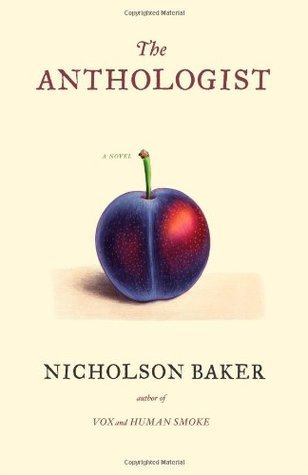
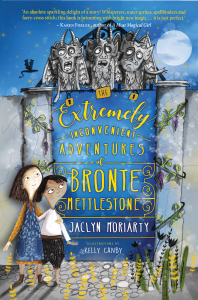
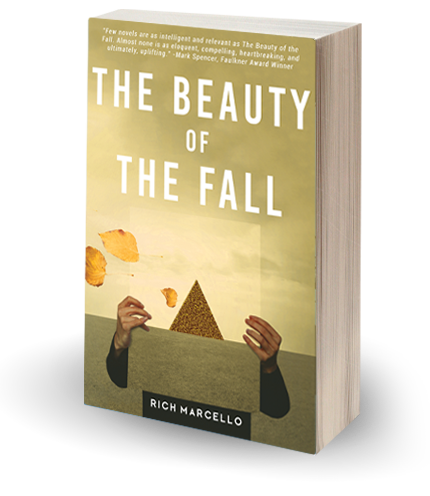
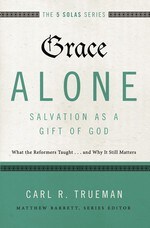
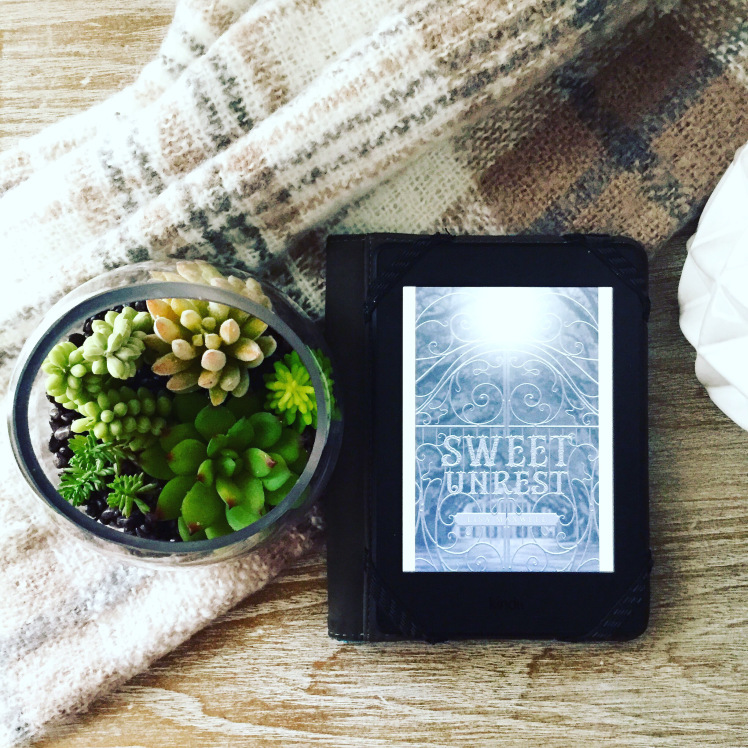




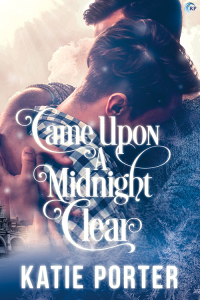
![Never Kiss a Highlander (The McTiernays) by [Sinclair, Michele]](/ai/089/805/89805.jpg)